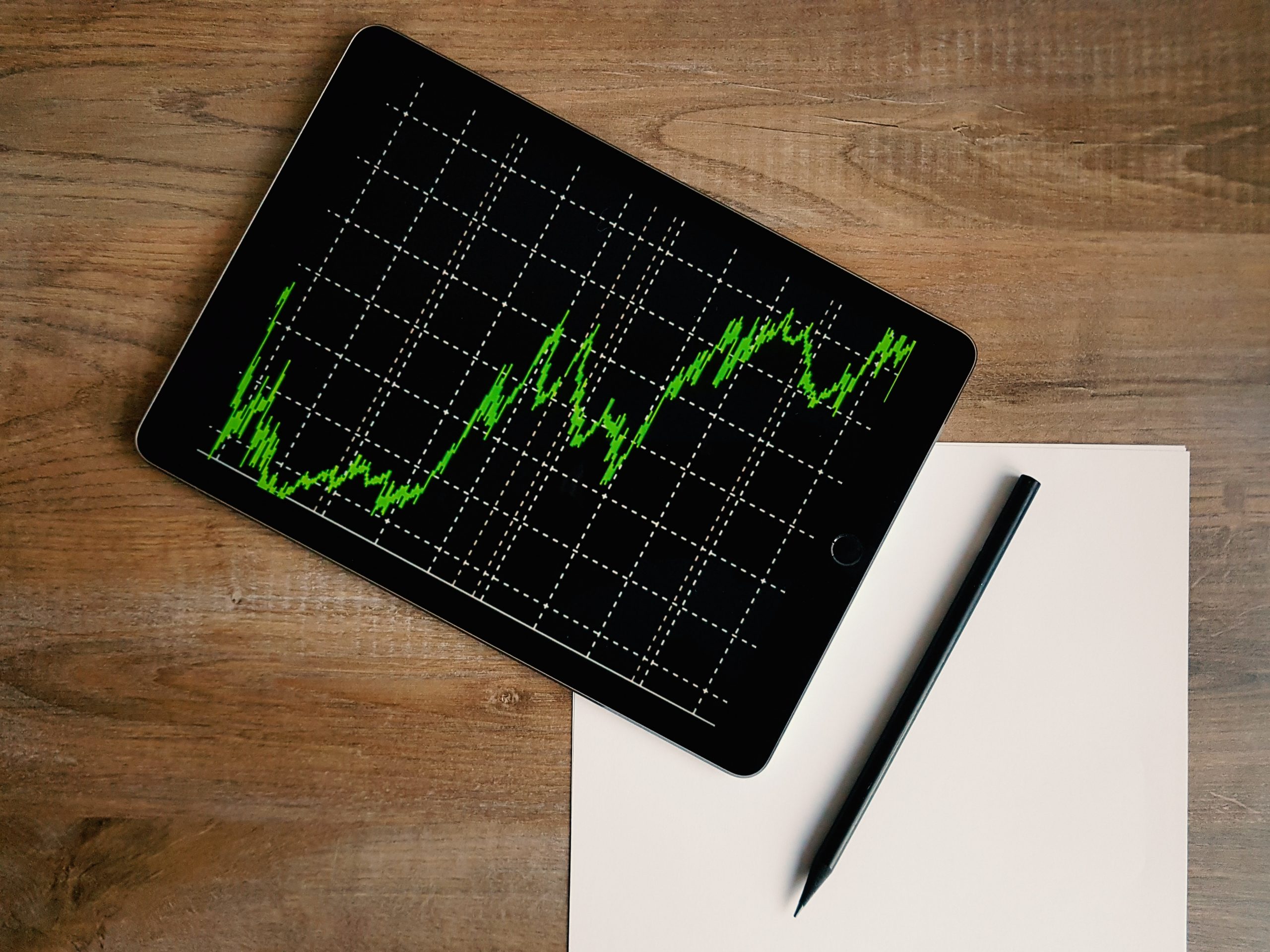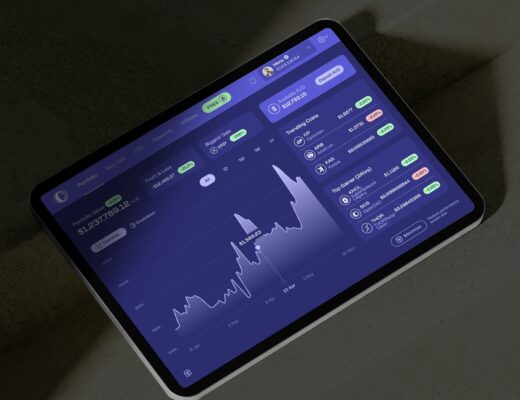What are trend lines used for
One of the important skills in the work of a trader is the ability to draw trend lines. The trend itself is the movement of the price of an asset in one direction, which is observed over a period of time. Simply put, this is the area where the price is rising or falling, which can be depicted on the chart.
Thanks to the trend lines you can predict how the price of an asset will behave in the future, and on this basis build strategies for the next steps.
According to a number of criteria, trends are divided into several types. Upward or bullish trends are those that show an uptrend on the chart, in this case, each peak or minimum value will be higher than the previous ones.
Downtrends or bearish trends consist of consecutively declining highs and lows.
Sideways or flat lines. In this variant, the price on the chart moves without a specific direction, and the highs and lows will be located almost on the same level. Some people think that flat shows that there is no trend, but it is not true. The trend on the market is always present, and the trader’s task is to learn to see and analyze it. These types of lines are characterized by the direction of movement, but there are also those that are determined by the time of existence. Among them, there are long-term trends, which are also called the primary or main trends. They usually last for 1-2 years. In most cases, they are used by large investors and experienced traders.
These types of lines are characterized by the direction of movement, but there are also those that are determined by the time of existence. Among them, there are long-term trends, which are also called the primary or main trends. They usually last for 1-2 years. In most cases, they are used by large investors and experienced traders.
The duration of medium-term or intermediate trends is from 1 to 6 months. They are considered to be correctional and run separately from the long-term ones.
The third type is short-term trends which are extremely difficult to trace by means of technical analysis. Their course is influenced by various factors, including random events. Short-term trend lines are characterized by insignificant fluctuations. It happens so that they go against the medium-term trends. The duration of these trends is from 7 days to a month.
Trend lines are an indispensable tool for technical analysis. They allow to determine the market direction, trend strength and the possibility of changing the price dynamics. When drawing these lines we take only the most significant maximums and minimums. Support levels are used for an uptrend and resistance levels for a downtrend. In addition, special attention is paid to the pivot points, although there is no universal mechanism.
There are two ways of drawing trend lines – by candlestick bodies and by candlestick shadows. These methods are equally effective, and the choice depends on the trader’s preferences.
In addition to the lines, it is also necessary to take into account the phase of the trend. It should be understood that the long-term trends cannot start unexpectedly or end for no reason. All trends on the market develop according to a specific mechanism, and quite the same.










